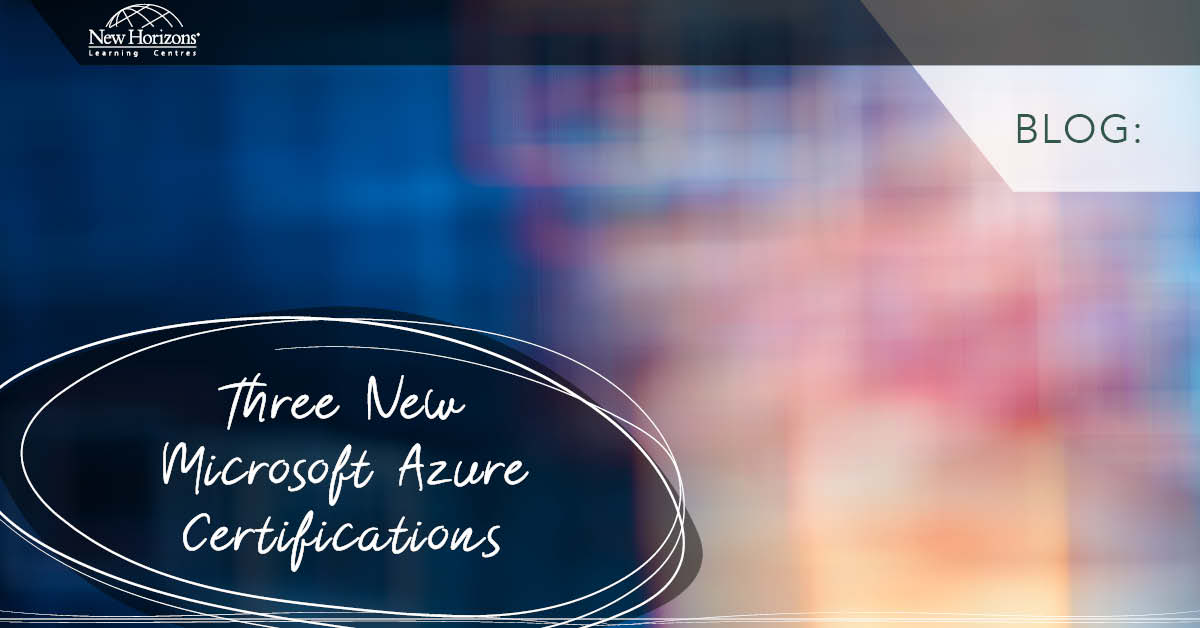
May 26, 2015
In this blog post, I will discuss virtualising Microsoft SQL Server 2012 using Microsoft’s own Hyper-V 3.0 and System Center Virtual Machine Manager (SCVMM).
Before we initiate this discussion, we need to know what virtualisation is and what the business benefits of it are. In computing terminology, virtualisation is a method of creating a virtual instance of an Operating System. That means rather than having different dedicated machines running an instance of an Operating System, have a highly up-scaled dedicated box and run different virtual instances of Operating Systems having various workloads such as SQL, SharePoint, and Exchange etc. Microsoft offers virtualisation platform, such as Hyper-V and SCVMM to better support such workloads.
There are many benefits to an IT organisation or business when choosing to implement a server virtualisation strategy. The core ones are as follows:- It helps you to save energy by consolidating energy consumption onto fewer machines
- You can easily provision an instance of an operating system by using virtual machine templates
- You can set up virtual machines for lab testing
- Virtualisation also allows you to continue the life of old legacy applications running on old server Operating System by virtualising them
Now, let us discuss about virtualising Microsoft SQL Server. You can easily run Microsoft SQL Server in a VM very successfully. However, due to its resource-intensive nature, there are a few best practices that you need to follow.
Microsoft Hyper-V offers SLAT or Second Level Addresses Translation. SLAT enables CPU to maintain the mapping between the physical and the virtual memory thus reducing the load from the hypervisor to maintain such mapping. Microsoft studies have shown that SLAT significantly reduces the hypervisor processing overhead to about 2% and simultaneously, drops the host memory requirements by about 1MB per running VM.
SQL Server can take advantage of multiple CPUs, if they are present. Hyper-V 3.0 has boosted the virtual CPU support to 64 virtual CPUs. If you migrating your SQL Server from physical to virtual instance, then you should run performance, monitor on the physical box, see the CPU utilisation, and then adjust the CPUs according on the virtual implementation.
Microsoft recommends the usage of fixed sized disk or pass through disks for production implementation of SQL Server. Pass-through disks dedicate a portion of the host's storage directly on the VM. Either this storage can be a physical disk internal to the Hyper-V Server or it can be on a SAN. Pass-through disks offer the highest level of performance for SQL Server. The differencing disks are to be used only in a lab or testing environment only.
Hyper-V 3.0 also offers security features like DHCP guard that can protect your SQL Servers from rogue attacks. Features like SRIOV networking has shown that the performance of SQL server improves a lot.
You can further enhance your SQL Server virtual instance by introducing System Center Virtual Machine Manager 2012 in your network. SCVMM offers extended functionality to your Hyper-V infrastructure by offering different modes of migration to your SQL Server workloads. SCVMM offers self-service solution thus allowing SQL database administrators to quickly provision database server as per their own requirements by simply selecting a virtual machine template.
The strongest feature of VMM 2012 is the ability to create private clouds. This cloud architecture abstracts the underlying fabric from users, but lets them deploy VMs, applications and services. Overall, VMM 2012 uses features like dynamic optimisation and power optimisation that enhances the overall functionality of a virtualised SQL workload.
How do your Excel skills stack up?
Test NowNext up:
- The science of presenting (Part 3)
- PivotTable timelines in Excel 2013
- Recursive functions in VBA
- Troubleshooting an upgrade to Exchange Server 2013
- Troubleshooting Office 365: Real solutions
- Creating Quick Parts in Microsoft Word
- Who does what in managing change?
- Taking a closer look at Universal Apps
- A fantastic add-in for OneNote 2013
- Managing mobile devices with Windows Intune and SCCM 2012 R2
Previously
- Understanding the difference between Office 2013 and Office 365
- New Hyper-V cmdlets in PowerShell 4.0
- Remove those rogue records in Excel
- The art of thinking clearly
- Managing application settings in Windows Store Apps
- Find a filter result without filtering in Excel
- What is new in Office 365
- Quick ways to automate in Photoshop – Part 2: Modifying an Action
- How to avoid reinventing the wheel
- How to create an e-mail template in Outlook









